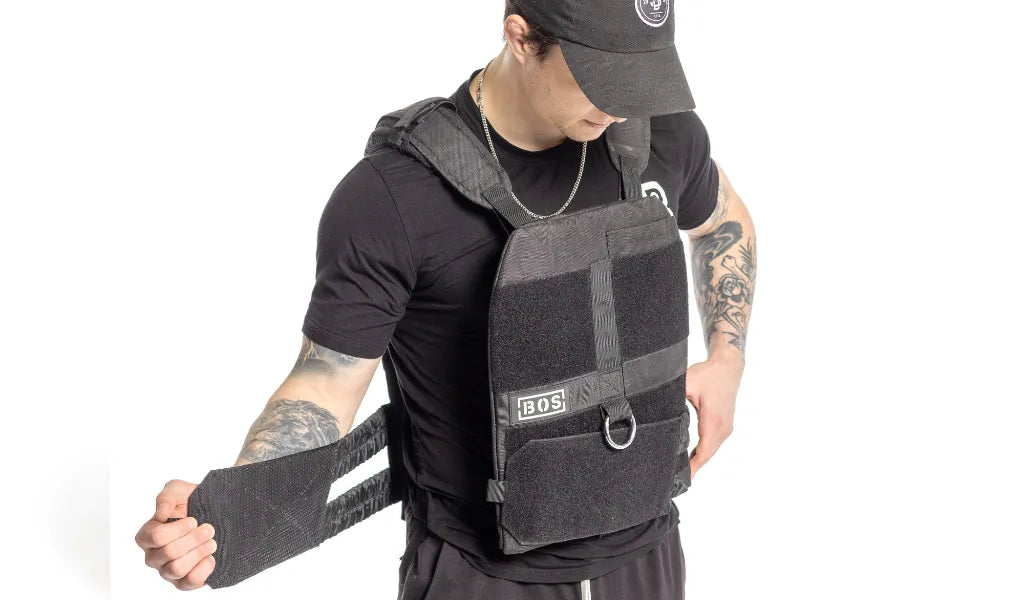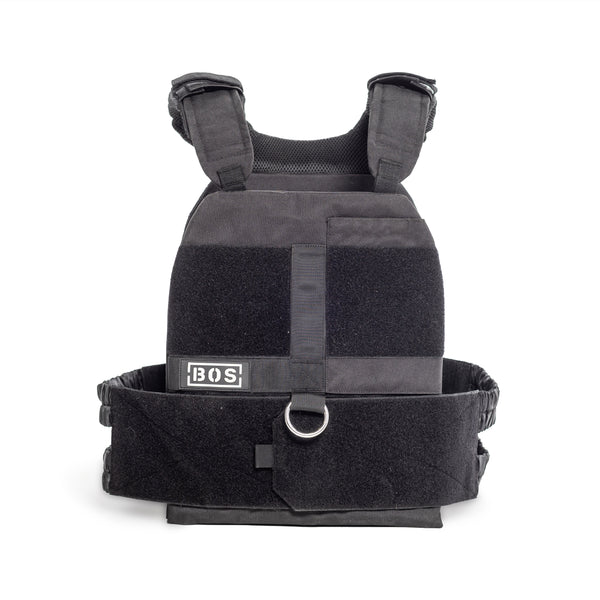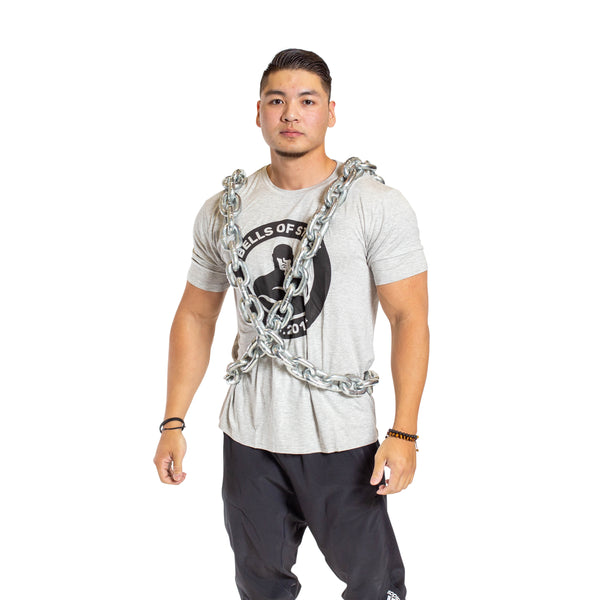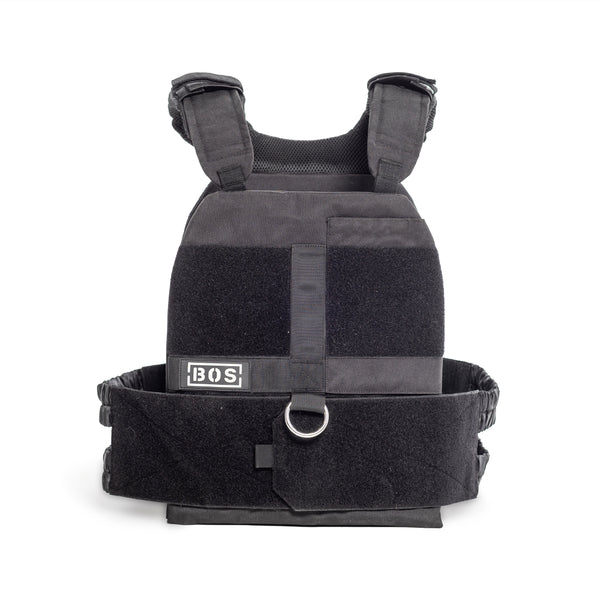Running is one of the most effective exercises for endurance and cardiovascular health. And if you’re looking to push your limits, you might have considered adding a weighted vest to your routine.
But does running with a weighted vest truly help? Let’s dive into the benefits, best practices, and potential risks of training with one.
Benefits of Running with a Weighted Vest
Adding a weighted vest to your running sessions provides a variety of advantages, from enhanced endurance to a greater psychological edge on race day. Here’s how:
1. Increased Cardiovascular Endurance
When you run with extra weight, your heart and lungs work harder to supply oxygen to your muscles. Over time, this increases your aerobic capacity, making regular runs easier and improving overall stamina.
This is especially beneficial for long-distance runners looking to enhance their VO2 max.
2. Stronger Muscles & Bones
The additional resistance strengthens your lower-body muscles, core, and stabilizers, improving running efficiency. Additionally, the added weight encourages bone density growth, reducing the risk of osteoporosis and stress fractures in the long run.
3. Higher Caloric Burn
More weight equals more energy expenditure. Running with a weighted vest increases the calories burned per session, making it an excellent tool for those looking to lose weight or improve body composition.
4. Improved Speed & Agility
Training with extra resistance forces your body to adapt. When you remove the vest, you may experience a heightened sense of lightness and increased running speed — similar to how sprinters train with resistance bands before performing explosive sprints.
How to Use a Weighted Vest for Running
While the benefits are clear, misusing a weighted vest can lead to injuries or diminished performance. Here’s how to integrate it safely into your training:
- Start Light: Load your vest with weight vest plates, so it weighs no more than 5-10% of your body weight. Overloading too soon can lead to poor form and injuries.
- Shorten Your Distance at First: Your body needs time to adjust, so start with shorter runs (e.g., 1-2 miles) before progressing to longer distances.
- Focus on Good Running Form: The added weight shifts your center of gravity, so pay extra attention to posture, stride, and foot placement.
- Progress Gradually: Increase weight and distance only once you feel comfortable, ensuring you don’t overload your joints too quickly.
Potential Risks & Considerations
While weighted vests can be a game-changer for many runners, they also come with risks if not used properly:
- Joint Stress: The added load increases impact forces on your knees, ankles, and hips. Those with a history of joint pain should use caution.
- Overuse Injuries: Excessive use of a weighted vest can lead to shin splints, stress fractures, or muscle strains. Moderation is key.
- Not for Beginners: If you’re new to running, focus on building a solid foundation before incorporating extra weight. A weighted vest enhances performance, not a shortcut to fitness.
Final Thoughts
Whether you’re a seasoned runner looking for an edge or a fitness enthusiast wanting to challenge yourself, a weighted vest might be the next tool to take your performance to the next level!




